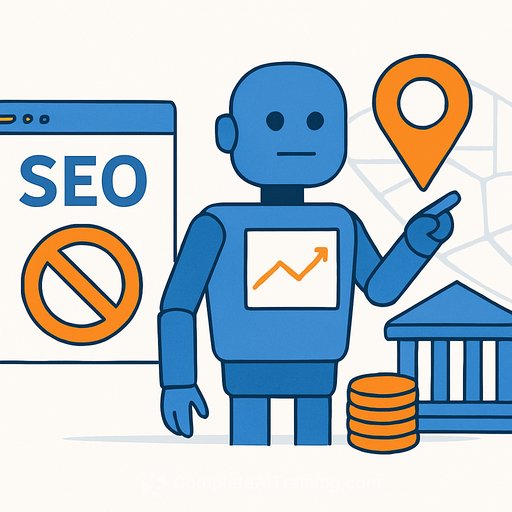Using AI to Move From Predictive to Proactive: Goal Alignment, Role Clarity, and Action That Moves the Needle
AI promises instant, always-on personalization. Marketers want that now. But tools alone don't move revenue. During a Brandweek 2025 session co-hosted with Treasure Data, Rafael "Rafa" Flores (chief product officer, Treasure Data) and Ryan Joe (editor-in-chief, ADWEEK) broke down how brands can shift from projections to proactive, autonomous engagement.
The real blocker: fragmentation
Most people assume fear of job loss slows AI adoption. Flores argued the bigger drag is uncoordinated rollouts. "There's a cost of fragmentation, not just with data but also with the agents themselves," he said. If systems, teams, and models don't talk to each other, outcomes get muddy.
The fix is simple, but not easy. First, align on a single business outcome that AI will solve. Second, drive cross-functional collaboration so teams aren't split across different tools (think ChatGPT vs. Gemini). As Flores put it: "Everyone needs to know what role they play and what role the AI plays within their role."
From predictive to proactive
Most orgs stop at forecasts and dashboards. The next step is always-on action. Combine machine learning, rich data inputs, and agentic AI to trigger decisions and outreach in real time. That's the leap from "we think" to "we did."
A working example: synthetic personas that pressure-test the flow
Flores shared how his team built a synthetic persona-Emma-to pressure-test audience flows. They mapped her day and looked for decisive moments. "First thing in the morning she wakes up, she grabs her coffee, and she shops," he said. The prompt: "How do we get a VIP lookbook to the top of her inbox so she clicks and lands on-site?"
Using data from Emma's simulated behavior, the team identified the best timing and channels for push notifications and discount codes to lift conversion. Then AI added a layer of message personalization based on past patterns. The caveat still stands: insights from synthetic personas are only as good as the data feeding them.
Design backward from outcomes
Flores' stance is blunt: define the result first, then build the system back from it. Get team members focused on work that needs deep thinking and collaboration, and offload the repeatable stuff. "Here's the 80% of stuff that none of us here want to do. How can we put that on autopilot so the rest of the time we can focus on that 20%?"
Keep scope tight. A few targeted goals beat an everything-at-once plan. "Just because AI is hyper-intelligent, it doesn't mean that it's going to solve every single problem you have," Flores said. Have a clear purpose for using it-or don't use it yet.
A practical playbook for this quarter
- Pick one outcome (e.g., increase repeat purchase rate by 8% on a key segment in 60 days).
- Map roles: what humans own, what AI agents own, what gets reviewed, and by whom.
- Standardize on a small stack across teams to avoid tool sprawl.
- Consolidate core data sources and define the minimum features needed for decisions.
- Create one synthetic persona per core segment to pressure-test paths and messaging.
- Simulate day-in-the-life moments and draft touch points by time and channel.
- Instrument a lightweight orchestration: email, push, on-site prompts, and offer logic.
- Run a 2-4 week test with clear guardrails, human approvals, and rollback triggers.
- Use an established risk framework for governance (see NIST AI RMF).
- Review results weekly, prune what underperforms, and scale one win at a time.
Tooling notes that save you months
Make messaging, identity, and orchestration the connective tissue so agents can coordinate. Avoid one-off bots that never reach production. Track leading indicators (opens, clicks, session depth) alongside lagging ones (revenue, CAC/LTV) so you can adjust fast.
And sanity-check goals with finance before you launch. It keeps experiments honest and budgets intact.
Level up your team's skills
If you want a structured path for marketers to build these systems with guardrails, explore this certification: AI Certification for Marketing Specialists. It can help teams clarify roles, pick smart use cases, and ship faster with fewer detours.
The shift from predictive to proactive isn't about more models. It's about alignment, role clarity, quality data, and tight feedback loops. Start small, automate the 80%, and let your team focus on the 20% that actually moves the business.
Your membership also unlocks:






